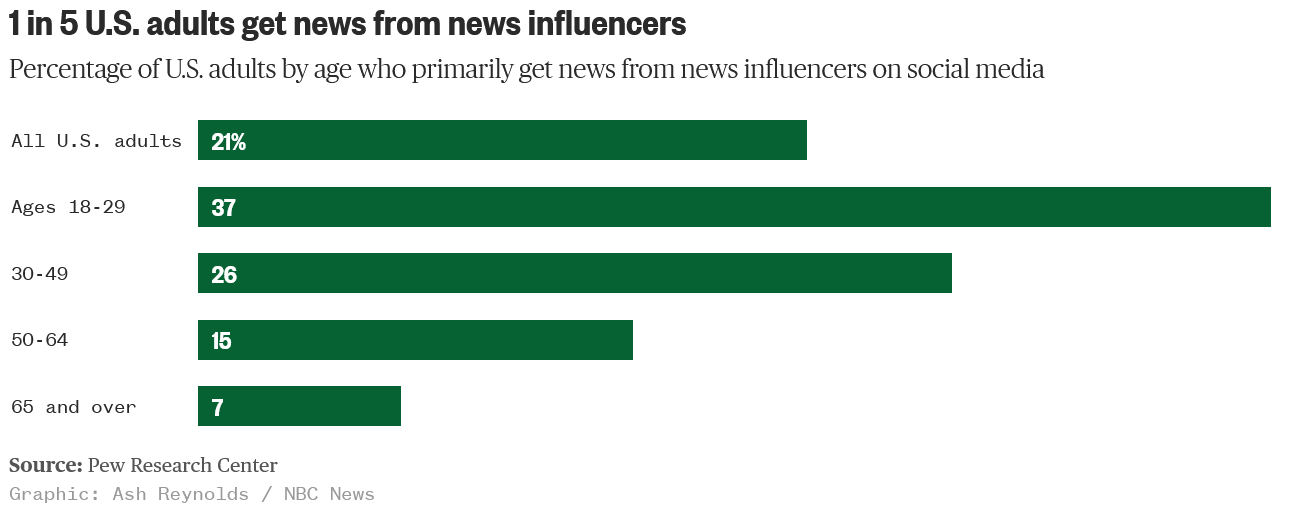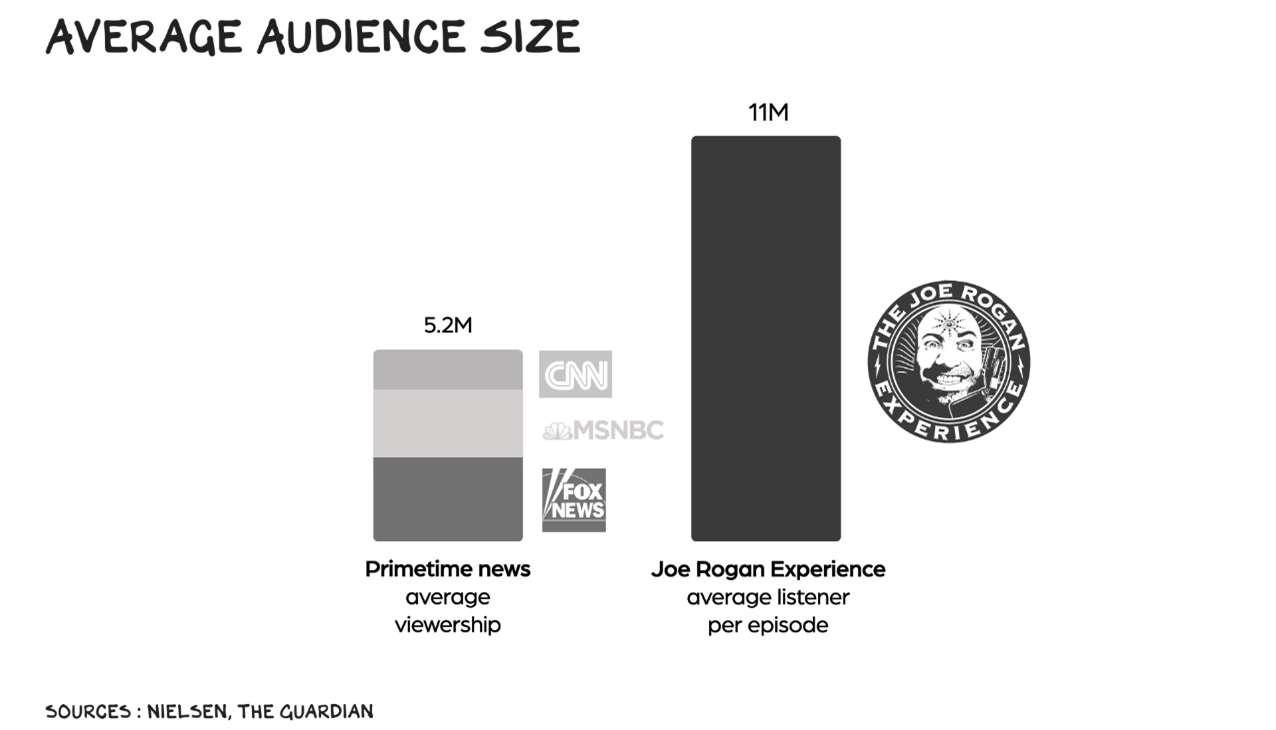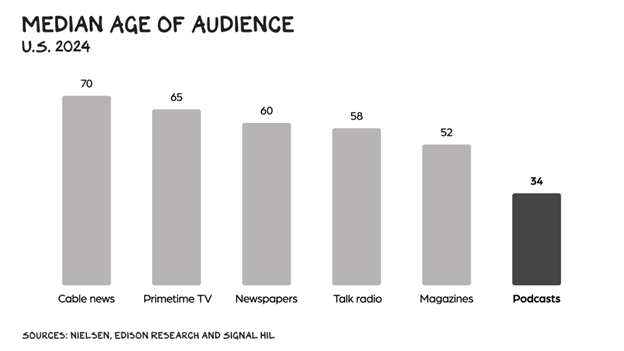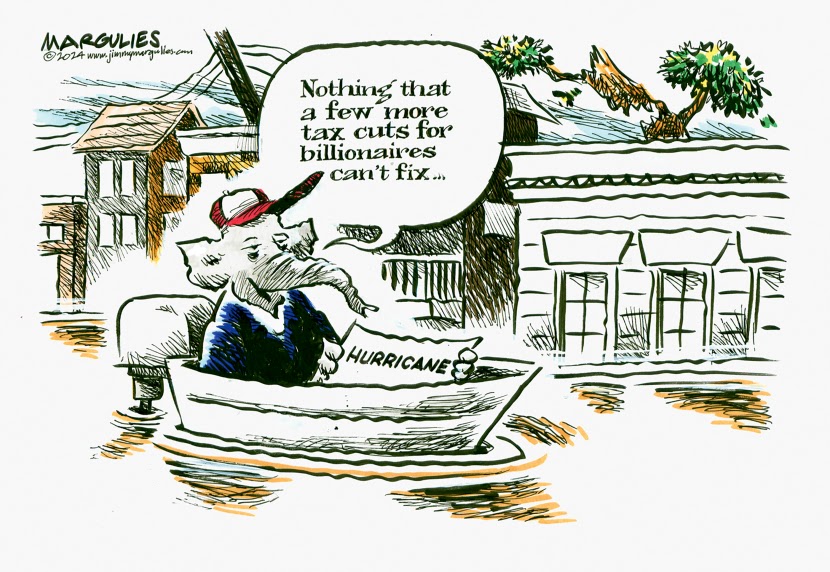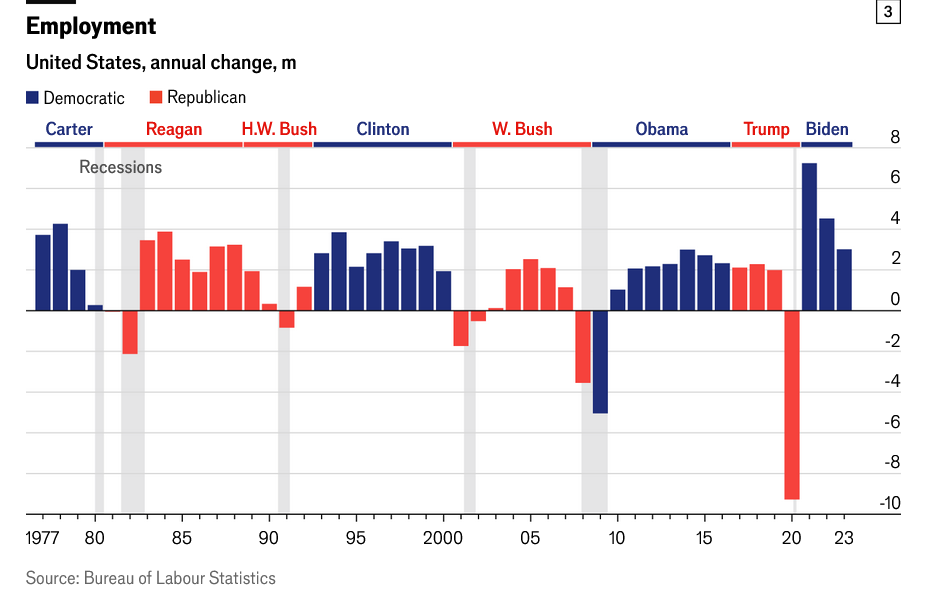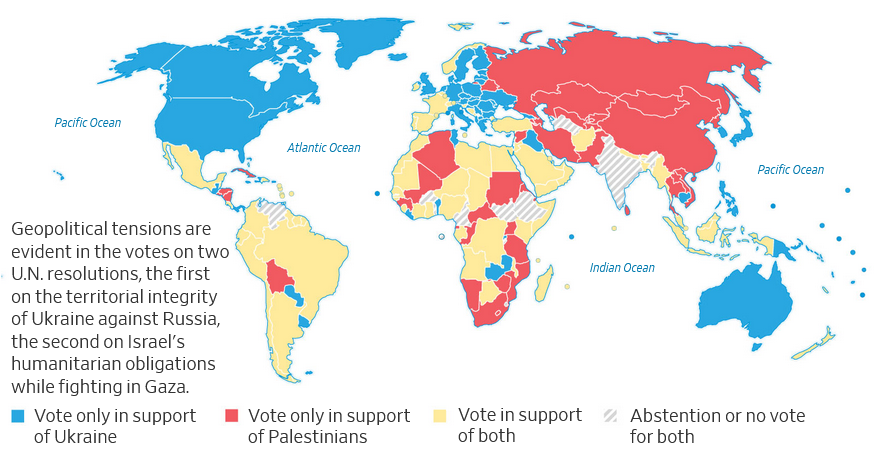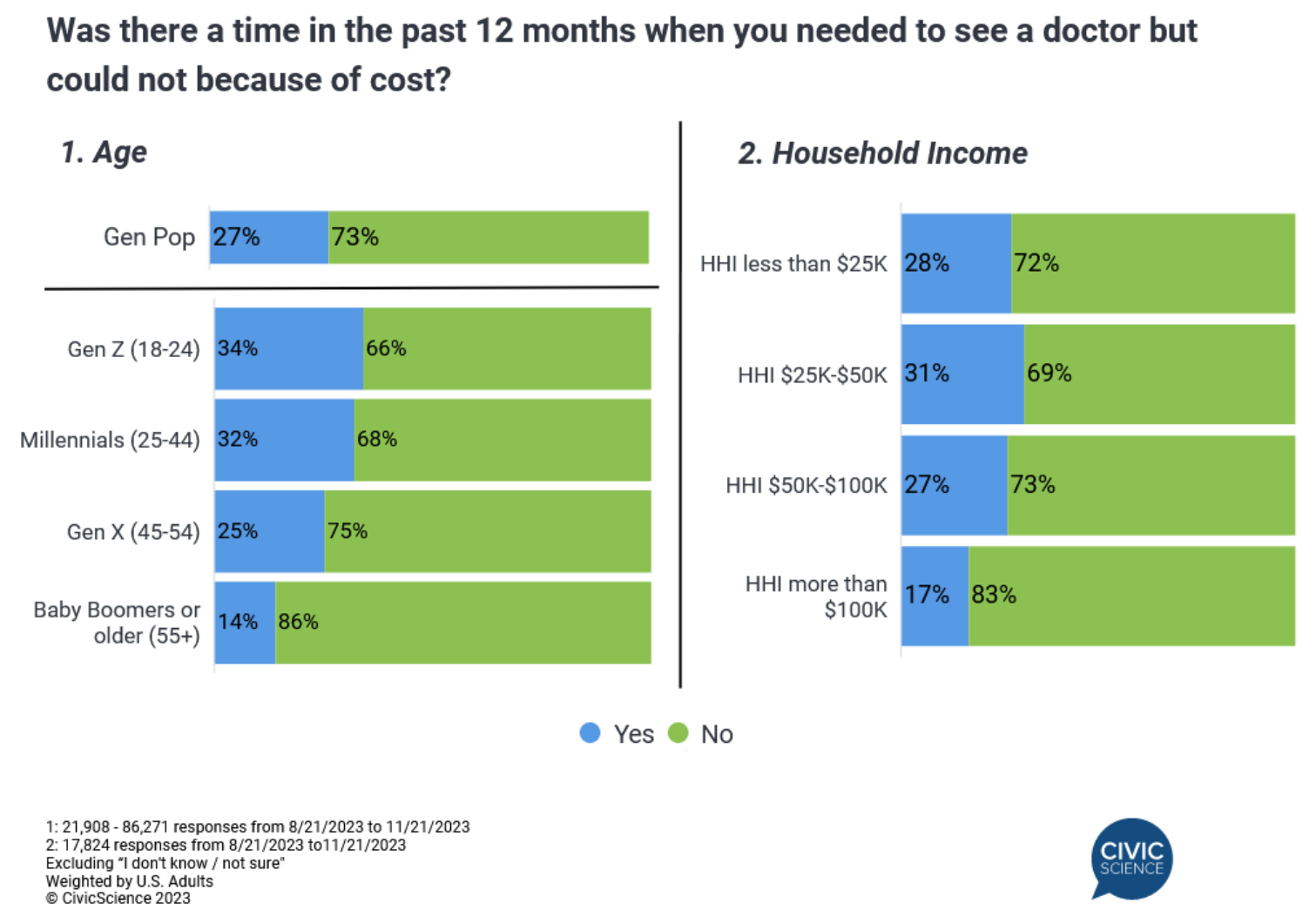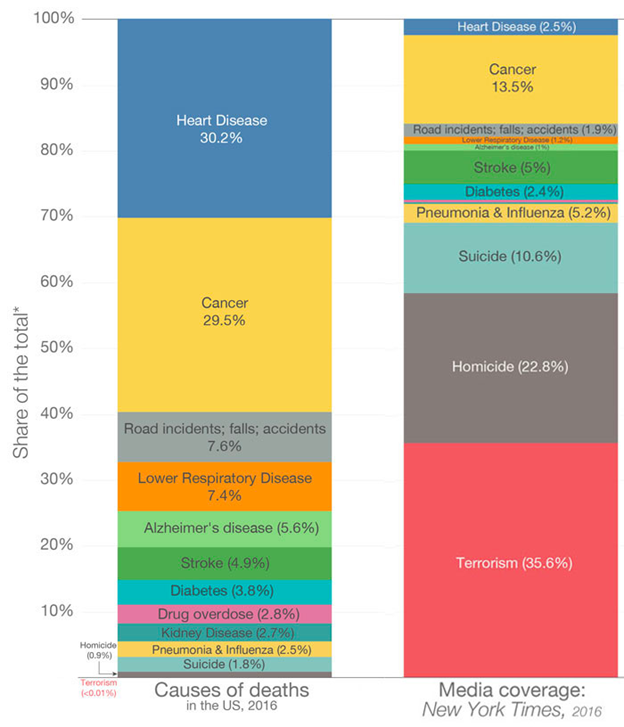The Daily Escape:

It should be possible for a non-expert (like any of us) to look at how the Trump administration implements a policy and tell whether they are serious about delivering material results.
One such place is the plan to fire federal workers. As the co-heads of the newly created Department of Government Efficiency, or DOGE, billionaires Elon Musk and Vivek Ramaswamy are promising to slash at least $2 trillion from the federal budget. Trump and his DOGE sidekicks Elon and Vivek have made a lot of statements about cutting the federal budget by firing huge numbers of government employees.
The duo have cited areas they’d like to target, such as the Internal Revenue Service, the Department of Education, the Federal Bureau of Investigation and the Nuclear Regulatory Commission. And they want to take a hard look at foreign aid, defense spending and the inaccurate payments the government sends to Social Security recipients and others.
But taking that big a chunk out of federal headcount would be a tall order. Much of the headcount money supports mandatory programs, which must be funded in accordance with existing laws. These include Social Security and Medicare benefits and interest on the federal debt.
Based on summary numbers at federalpay.org, most federal employees (around 3 million) are associated with the Department of Defense, which Trump is reflexively likely to support. The next two biggest departments are the departments of Veterans’ Affairs (over 400,000) and Homeland Security (over 200,000). Again, big cuts to these departments are not likely to play well with Trump fans, and the number of Homeland Security employees will need to go up, not down, if Trump is serious about deporting large numbers of people. Federal employees are spread out across every state in the US, with most workers living in the DC area, Texas, and California.
Here’s a chart showing total US government employees by department:
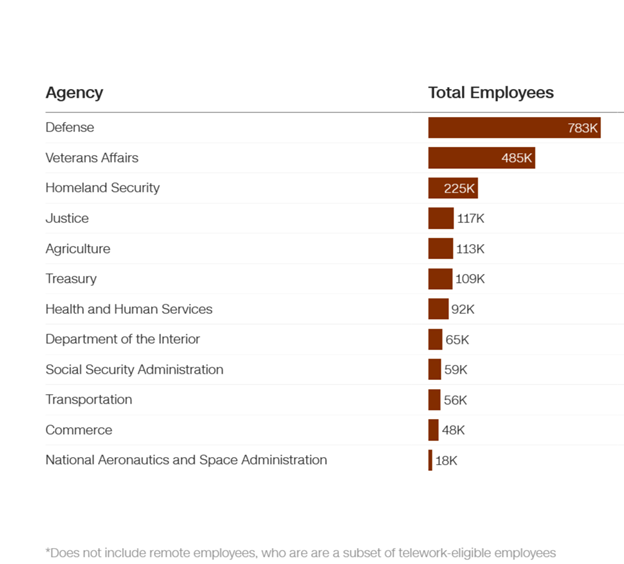
Many federal programs are distributed around the country, especially those that deliver federal benefits (Veterans, HHS). Cutting those jobs will disproportionately hurt employment and government services in low-tax Red states that don’t have much in the way of state-level programs to pick up the slack.
Elon and Vivek can undoubtedly find a few DC offices to sacrifice, but that’s just a stunt. It won’t have a big impact on the US budget. For example, reduce the headcount at the Department of Transportation by 25k jobs that we assume are all 100k/yr. positions saves just $2.5 billion while wrecking the department.
The Department of Education, a favorite target of Republicans long before Trump, has only a little over 4,000 employees. The department has a $45 billion budget, but most of that is pass-throughs to local schools to pay for things like special education. Anything that interferes with those pass-throughs will not ultimately play well in rural areas that cannot fund such luxuries other than with federal dollars.
It is also important to remember that a $100,000 a year job in Washington DC might not be considered all that great, but it looks pretty darn good in Wichita. At the end of the day, the biggest thing the working class cares about is the availability of living wage jobs. Cutting some of the best-paid and most secure jobs throughout the country does not provide an immediate net benefit to the working class. It mostly just provides cover for giving more tax-cuts to the rich.
It may be theoretically possible to improve the economy by making the federal government more efficient, but it is fiendishly difficult to do in practice. The size of the federal work force has held about constant for the last 50 years, despite increasing responsibilities of the government. Downsizing has occurred in the past, (under Clinton), but events like the 9/11 attacks halted this trend due to increased security needs.
Although the bar is set low, the low-hanging fruit doesn’t offer lots of opportunity for Trump and Elon to make real gains on the headcount front in DC. Even though Democrats are not in control of much in Washington, they have a chance in 2026 and 2028 if a big backlash from firing federal workers occurs on Trump’s watch.
We’ll see what happens.
Happy New Year from the Mansion of Wrong to all who celebrate!


